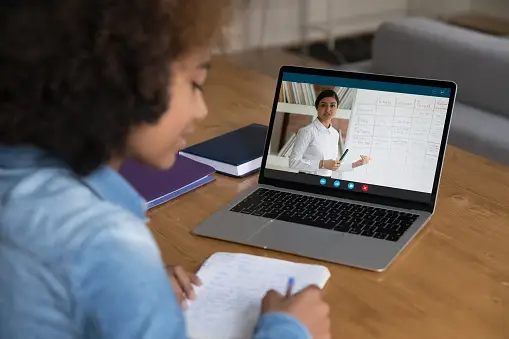Digital and online learning, often referred to as e-learning, involves the use of digital technologies and the internet to facilitate learning experiences. It has transformed education by providing accessible, flexible, and personalized learning opportunities for students of all ages. Here’s a deeper look into digital and online learning:
1. Accessibility and Flexibility:
- Anytime, Anywhere Learning: Learners can access educational materials and resources from anywhere with an internet connection, breaking down geographical barriers.
- Self-Paced Learning: Students can learn at their own pace, allowing for personalized learning experiences tailored to individual needs and preferences.
2. Diverse Learning Resources:
- Interactive Multimedia: Online platforms offer multimedia resources such as videos, simulations, and interactive quizzes, enhancing engagement and understanding.
- Virtual Laboratories: Science and engineering students can conduct experiments in virtual labs, enabling hands-on learning without physical equipment.
3. Collaborative Learning:
- Discussion Forums: Online forums and discussion groups facilitate peer interaction, collaborative projects, and knowledge sharing.
- Group Projects: Students can collaborate on assignments and projects in real-time, enhancing teamwork and communication skills.
4. Blended Learning:
- Combining Online and In-Person Learning: Many educational institutions adopt a blended learning approach, integrating traditional classroom instruction with online resources for a comprehensive learning experience.
- Flipped Classroom: In this model, students learn new concepts online through videos or presentations and engage in active discussions and activities during class time.
5. Adaptive Learning:
- Personalized Learning Paths: Adaptive learning platforms use algorithms to customize learning paths based on individual student performance, ensuring targeted support where needed.
- Data-Driven Insights: Educators can analyze data to identify student strengths and weaknesses, providing targeted interventions and support.
6. Professional Development:
- Online Courses and Workshops: Professionals can enhance their skills and knowledge through online courses, webinars, and workshops, promoting lifelong learning and career advancement.
- Microcredentials and Certifications: Online platforms offer microcredentials and certifications in various fields, validating skills and expertise.
7. Gamified Learning:
- Educational Games: Gamified learning platforms use game elements to engage learners, making the educational experience more enjoyable and motivating.
- Competition and Rewards: Gamification often involves competition, leaderboards, and rewards, encouraging active participation and healthy competition among learners.
8. Technological Advancements:
- Augmented Reality (AR) and Virtual Reality (VR): AR and VR technologies create immersive learning experiences, allowing students to explore virtual environments and interact with 3D models.
- Artificial Intelligence (AI): AI-powered tools provide intelligent tutoring, automated feedback, and personalized learning recommendations, enhancing the learning process.
Digital and online learning continue to evolve with advancements in technology. It provides diverse learning opportunities, promotes collaboration, and empowers learners to acquire knowledge and skills effectively and conveniently.
